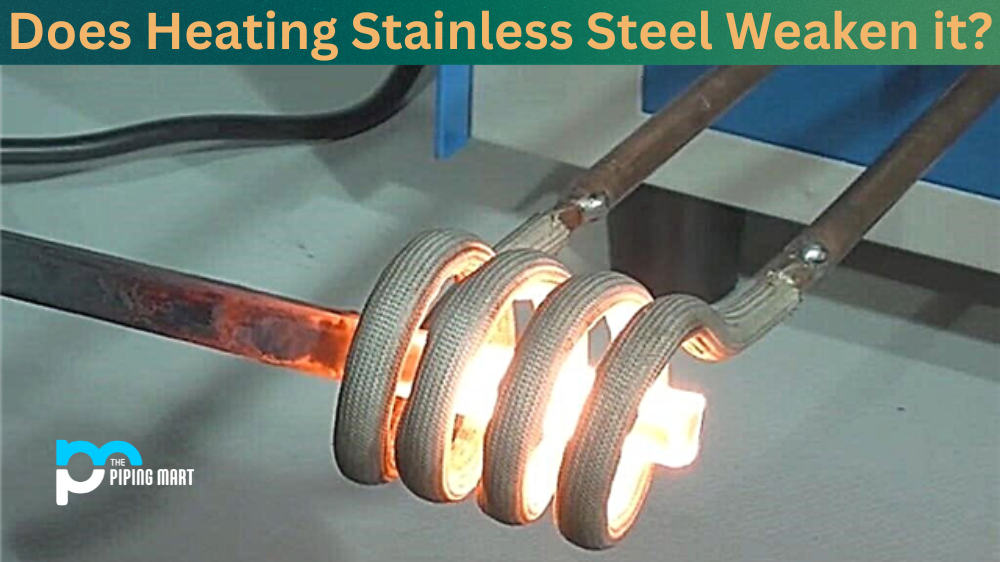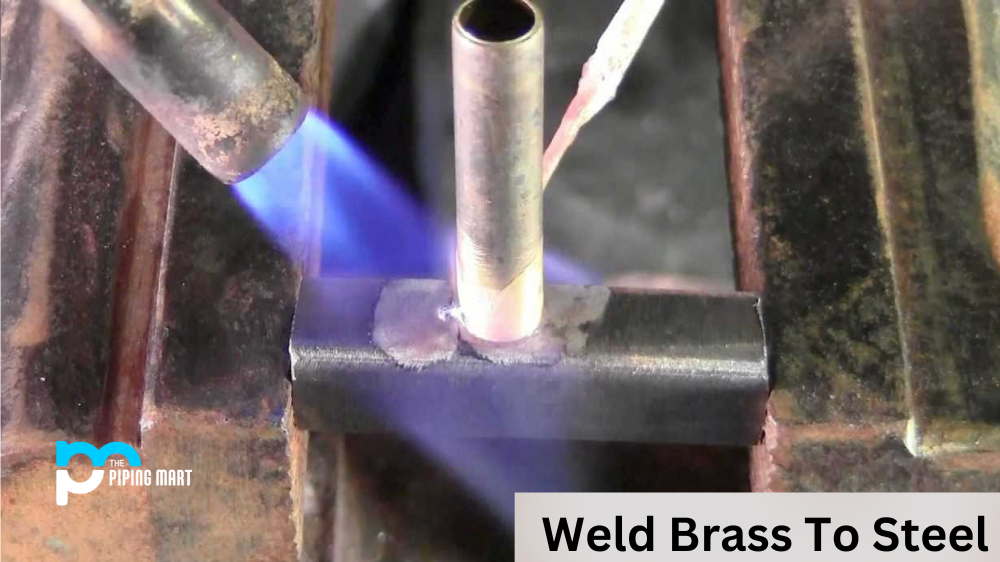Have you ever wondered if heating stainless steel can make it weaker? The answer is yes, but the magnitude of the effect depends on how hot the steel gets and how long it’s exposed to heat. Let’s look at why that is and what you can do to minimize any potential weakening of your stainless steel.
Science Behind Heat-Weakened Steel
Stainless steel is an alloy made up mostly of iron, along with chromium and other metals. When stainless steel is heated, it begins to lose its strength due to a process called austenitization. As the temperature rises, chromium atoms diffuse out of their original place in the alloy and move around within it, making the structure less organized and thus compromising its strength.
The exact point at which this begins to happen depends on the type of stainless steel being used. Generally speaking, for austenitic stainless steels (the most common type) like 304 or 316, this process starts when temperatures reach about 930°F (500°C). At higher temperatures—around 1472°F (800°C)—the chromium atoms will reorganize themselves into a new crystal structure called prime gamma ferrite, which is even weaker than austenite.
How To Prevent Heat-Weakening Of Steel
Given what we know about why heat weakens stainless steel, it should come as no surprise that one way to prevent it is by avoiding high temperatures altogether. If that’s not possible in your situation, then there are other measures you can take, such as using insulating materials or cooling down your workpiece as quickly as possible after heating it up. Additionally, some types of stainless steels are better suited for high-temperature environments than others; if you find yourself having to work with hot metals frequently, then you might want to consider switching over to a heat-resistant grade like 310 or 321.
Conclusion:
In conclusion, heating stainless steel does weaken it—but only if done so excessively or for prolonged periods of time. By understanding why this happens and taking proper precautions, such as avoiding high temperatures or using materials specifically designed for use in extreme environments, you can reduce any potential weakening effects on your metal components and ensure they remain strong and durable for years to come.

Pipingmart is a B2B portal that specializes in metal, industrial and piping items. Additionally, we share the latest information and information about materials, products and various types of grades to assist businesses that are involved in this business.




